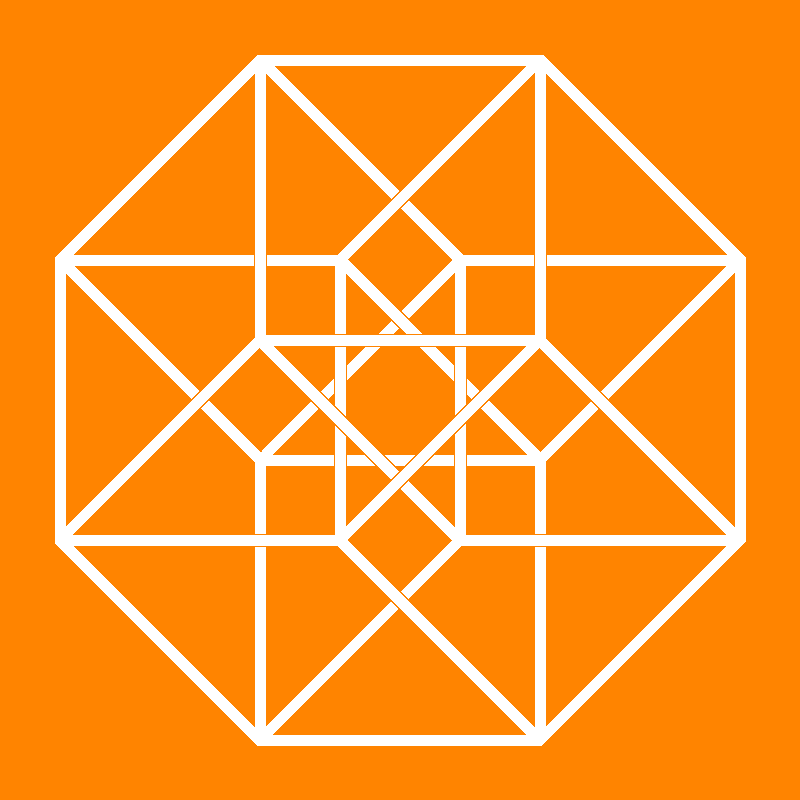
Journal for Geometry and Graphics 11 (2007), No. 1, 073--082
Copyright Heldermann Verlag 2007
Axonometry and New Design of Bauhaus
Michio Kato
Graduate School of International and Interdisciplinary Studies, University of Tokyo, 3-8-1 Komaba, Meguro City, Tokyo 153-8902, Japan
kato@idea.c.u-tokyo.ac.jp
We analyze and clarify the relationship between the use of axonometry and the new design tendency of Bauhaus. First we analyze the three characteristics of axonometry: (1) an image of appearance and an image of objects themselves -- their ambivalence, (2) a tendency from a limited world with a human center to one already fixed infinite world of objects, (3) engineer's language.
Then we analyze the new design of Bauhaus, we point out the following three characteristics corresponding to axonometry: (1) from an image of appearance to an image of objects themselves, (2) co-existence of a limited world with a human center and one already fixed infinite world of objects, (3) a tendency toward seeing a building as a "machine".
In short, the main characteristic of axonometry as a visualization tool is the objectification of vision. This tendency is less explicit in isometric projection, which is one of orthogonal projections having characteristics similar to perspective, than in military projection which does not simulate individual's view, as this paper clarifies. Bauhaus in the early years maintained an individual's subjective, individual vision by using isometric projection. On the contrary, other contemporary modernists such as De Stijl used only military projection. The use of military projection implies that in its extreme pole there is no need of individuals' existence. For military projection does not simulate individual's view. The tendency of later Bauhaus design toward "Neue Sachlichkeit" corresponds to this implicit characteristic of military projection.
Keywords: axonometry, perspective, Bauhaus.
MSC: 51N05
[ Fulltext-pdf (773 KB)] for subscribers only.